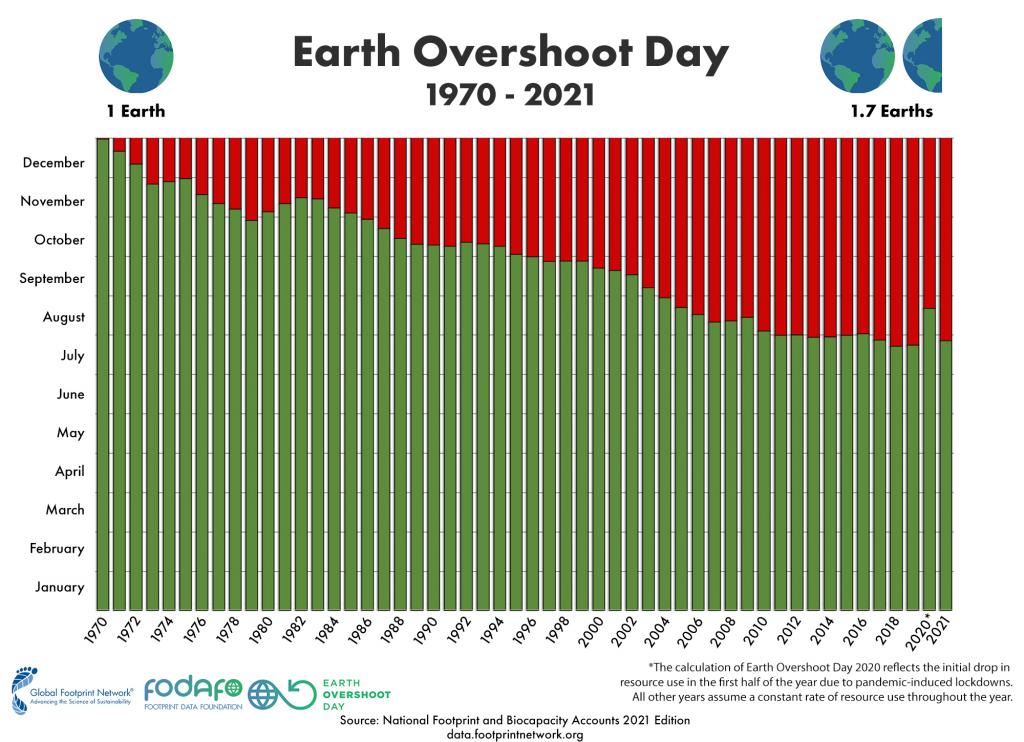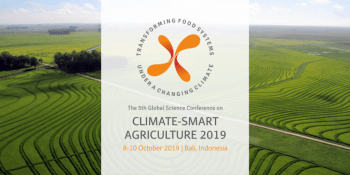Agro-Chain Greenhouse Gas Emissions Calculator update for estimating climate impacts to reduce humanity's toll on the Earth

In 2019, Wageningen University and Research (WUR) scientists developed the Agro-Chain Greenhouse Gas Emissions Calculator (ACE Calculator) to identify optimum interventions to reduce food loss and waste (FLW) and GHG emissions along supply chains and for specific products. The calculator estimates the emissions associated with a specific food type and management practice and can help pinpoint high loss locations along the supply chain.
In May 2021, the calculator received a major update that improved the user interface, expanded descriptions of climate impacts along supply chain stages and more input customization features. These improvements will allow users to estimate the climate impact of a food ingredient, and directly compare FLW and climate impacts of two production and supply chains for a product or for different supply chain configurations.
Improved elements now include:
- The user interface now directly supports the comparison of two different scenarios, allowing users to compare a baseline or business-as-usual scenario to a more sustainable intervention. The differences between the scenarios are also highlighted in the results.
- A summary has been added for the climate impacts per chain stage, including FLW-associated impacts for both scenarios.
- Another method for overriding default data by user-values was also added, increasing how the calculator can be customized to fit individual user needs and local situations.
Unlike other emerging datasets and calculators, the ACE calculator allows users to examine different post-harvest practices and their associated emissions and FLW, making it a particularly powerful tool for intervention analysis and development.
The ACE calculator can quantify intervention impacts to improve decision-makers’ understanding of trade-offs between food losses and GHG emissions. With the calculator, policymakers and the private sector can identify priorities and set targets for a more sustainable food system.
The ACE calculator in action
- A global hotspot analysis of FLW and associated GHG emissions using the ACE Calculator, proving its accuracy and value.
- The World Bank is evaluating the calculator for completeness and for how it can integrate the tool into its own work to identify and target the most effective physical and supply chain locations for FLW interventions.
- OLAM is using the calculator to identify FLW hotspots between major cash crop harvests to the farm gate.
Learn more about FLW
|
Pinpointing the source of flw
FLW does not look the same in every supply chain around the world. For example, losses are much higher in low- to middle-income countries (LMICs) during storage, transport, and processing than in higher-income countries where markets and consumers waste more food. Thus, interventions targeting consumer waste will have a higher potential in wealthy nations, and interventions focusing on improving storage may have a higher potential in LMICs.
Pinpointing FLW “hotspots” helps identify which food products have the highest potential for reducing FLW-related impacts and, thus, guide the prioritization of interventions. This is where the ACE calculator can help.
Earth Overshoot Day 2021: 29 July
Earth Overshoot Day (EOD) is the day when humanity’s use of the Earth's natural resources and services in a given year exceeds the Earth's capacity to regenerate those services and resources in that year. A great deal of the global mitigation potential lies in energy usage, our food systems and waste management in almost every sector.
The ACE Calculator can address both food waste and our food systems. It can identify FLW hotspots to achieve the greatest climate change mitigation in the food supply chain.
Food production is responsible for about 26% of global greenhouse gas (GHG) emissions and emissions from food that never reaches the table accounts for over 6% of global emissions. If these emissions were from a country, it would be the world's third-largest emitter after China and the US. A quarter of food produced is lost, 15% is lost in the supply chain before it reaches the consumer, who throws away 9% of all food produced (mostly in high-income nations).
An ecologically sustainable food system is critical to addressing the adverse effects of climate change. Reducing FLW is only one part of lowering the ecological impact of human food systems on the planet, our only lifeboat.
Half of the Earth’s biocapacity is used to feed human beings. We could delay EOD by 32 days if the world took these actions today:
- Global food waste was cut in half (gain 13 days)
- Shift globally to healthy and sustainable plant-based diets (cutting meat consumption by 50% would gain 17 days)
- Farmers used agroecological and regenerative agriculture practices
Here’s how Earth Overshoot Day has changed over the last 50 years. (Learn more about this graphic)




